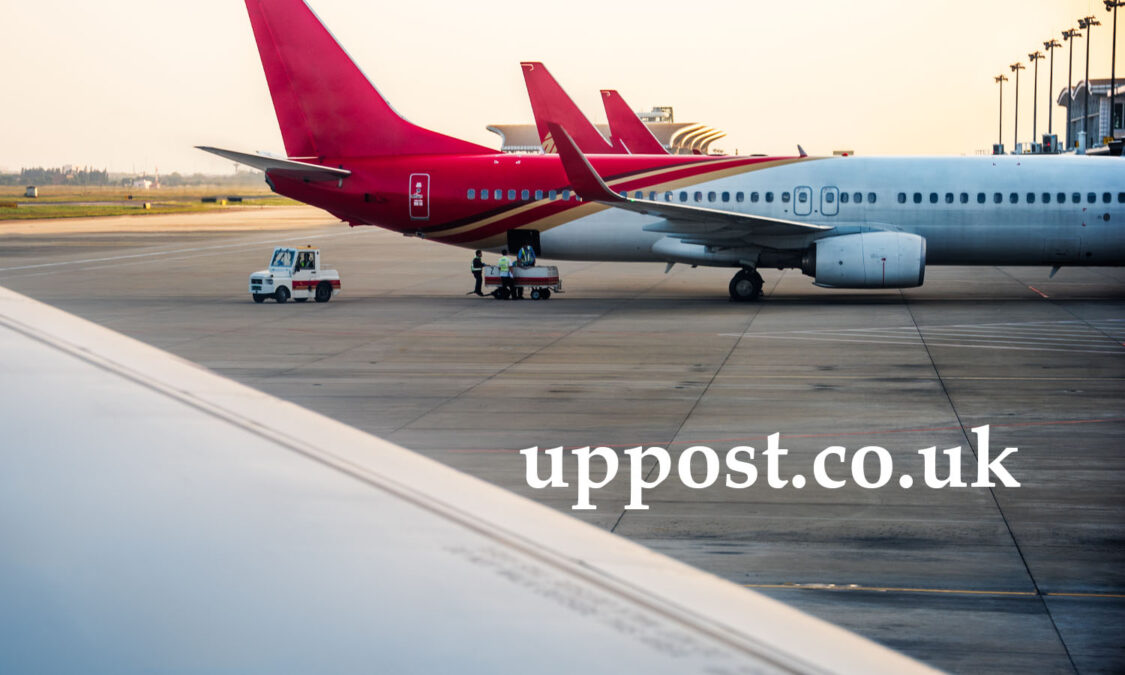Flying can be one of the most efficient ways to travel long distances, but sometimes unexpected situations occur that cause changes to a flight’s course. One such instance involved delta flight dl275 diverted lax, which was diverted to Los Angeles International Airport (LAX). Flight diversions are often linked to weather conditions, technical issues, or other safety concerns that require an aircraft to land at a different airport than originally planned.
In this article, we will discuss the circumstances surrounding the diversion of delta flight dl275 diverted lax, the reasons behind such changes, and what passengers on board and the public need to know. With a focus on the critical aspects of the incident, we will provide detailed insights and answers to common questions related to flight diversions.
What Led to the Diversion of Delta Flight DL275?
Flight diversions are typically a result of various factors, and in the case of Delta Flight DL275, there were several contributing circumstances. The most common reasons for diversions include adverse weather conditions, medical emergencies, or technical malfunctions with the aircraft.
For this particular flight, Delta Flight DL275, which was initially headed to its destination, faced unexpected challenges mid-flight. The pilots received reports of worsening weather conditions at the scheduled airport. As a precautionary measure, the airline decided to divert the plane to Los Angeles International Airport (LAX) to ensure the safety and comfort of passengers and crew.
The decision to divert a flight is never taken lightly. Airlines are committed to adhering to strict safety regulations, and when unforeseen circumstances arise, the safety of everyone on board is the top priority. LAX, being one of the busiest airports in the United States, serves as an ideal alternate landing destination due to its extensive facilities and capabilities to handle various types of emergencies.
How Flight Diversions Are Handled by Airlines
When an airline decides to divert a flight, several steps are taken to ensure the safety of passengers and crew. In the case of Delta Flight DL275, the airline had contingency plans in place to handle the situation efficiently.
- Communication with Air Traffic Control
As soon as the pilots determine that a diversion is necessary, they immediately communicate with air traffic control to obtain the necessary clearances and routing adjustments. In the case of Delta Flight DL275, the flight crew worked with LAX’s control tower to manage the diversion smoothly. - Passenger Notification and Coordination
Once the decision to divert is made, passengers are notified through the in-flight entertainment system or via flight attendants. The airline’s staff provides clear information about the reason for the diversion and reassures passengers about the steps being taken to ensure their safety. - Landing and Ground Services
Upon arrival at LAX, the aircraft is guided to an appropriate gate or standby area. Ground crew prepares the area for disembarkation and ensures that any passenger needs are addressed, including medical support if required. - Coordination with Ground Operations
Airlines coordinate with ground operations teams to make any necessary arrangements, such as providing new travel options or accommodations for passengers who may miss connecting flights. Delta Flight DL275 passengers, for example, were assisted by Delta staff to help with rescheduling.
Impact of the Diversion on Passengers and Their Travel Plans

While flight diversions are a standard procedure for safety reasons, they can disrupt passengers’ travel plans. Delta Flight DL275 was no exception, as it caused some inconvenience to passengers who were originally scheduled to land at a different airport.
- Delays and Missed Connections
For passengers connecting to other flights, a diversion can lead to missed connections. In this case, those scheduled for connecting flights from the diverted aircraft at the original destination had to be rebooked on later flights. Delta Airlines staff worked diligently to accommodate affected passengers by offering alternative flight arrangements or hotel stays when necessary. - Passenger Assistance
Delta, like most major airlines, has a dedicated customer service team available to assist passengers during such disruptions. In the case of Delta Flight DL275, passengers were given immediate access to Delta representatives upon landing at LAX, who helped coordinate their next steps. - Refunds and Compensation
In some cases, when flights are significantly delayed or diverted, airlines may offer compensation. This could range from meal vouchers to partial flight refunds, depending on the circumstances. Passengers on Delta Flight DL275 who experienced significant delays were informed about their eligibility for compensation based on the policies in place.
Why Do Flights Get Diverted?
Flight diversions are more common than many realize, and they can happen for several reasons. Delta Flight DL275’s diversion to LAX was no different, as it was influenced by external factors. Below are some of the main reasons flights get diverted:
- Weather Conditions
One of the most common causes of flight diversions is adverse weather. Thunderstorms, heavy rain, or poor visibility can make it difficult for pilots to land safely at their intended destination. If the weather at the original airport worsens mid-flight, the pilots may decide to land at an alternate airport. - Medical Emergencies
In rare cases, flights may need to be diverted due to medical emergencies on board. If a passenger falls seriously ill during the flight, the crew may opt for the nearest airport where medical facilities are available. - Aircraft Malfunctions
Although modern airplanes are designed to be highly reliable, mechanical issues can still arise during a flight. If a significant malfunction occurs, the pilot may choose to divert the flight to the nearest suitable airport to ensure the safety of passengers. - Operational Reasons
Airlines sometimes divert flights for operational reasons such as air traffic congestion or restrictions at the destination airport. This ensures that flights maintain their schedule and minimize disruptions.
Frequently Asked Questions (FAQs)
Q1: Why was Delta Flight DL275 diverted to LAX?
Delta Flight DL275 was diverted to Los Angeles International Airport (LAX) due to worsening weather conditions at the originally scheduled destination. The diversion was made as a safety measure to ensure the wellbeing of all passengers and crew.
Q2: How does Delta inform passengers about flight diversions?
Delta informs passengers about diversions through in-flight announcements and via the cabin crew. Passengers are also provided with updates regarding the diversion’s reason and the estimated time of arrival at the alternate airport.
Q3: What should I do if my flight gets diverted?
If your flight is diverted, remain calm and follow the crew’s instructions. Delta staff will assist you with rebooking, connecting flights, and any other accommodations you might need. Stay in contact with the airline’s customer service for the most up-to-date information.
Q4: Will I receive compensation if my flight is diverted?
In many cases, Delta may offer compensation for long delays or diversions, including meal vouchers, hotel accommodations, or a partial refund. Eligibility for compensation depends on the specific circumstances and airline policies.
Q5: How are diverted flights handled in terms of rebooking?
If your flight is diverted and it causes you to miss a connecting flight, Delta will work to rebook you on the next available flight to your destination. In some cases, accommodations may be provided if you are stranded overnight.
Conclusion: Navigating the Diversion of Delta Flight DL275
The diversion of Delta Flight DL275 to LAX was an unavoidable situation that was managed with professionalism and care. While flight diversions can be inconvenient, they are an essential part of ensuring safety during air travel. Delta Airlines followed standard operating procedures, ensuring that passengers were informed, accommodated, and helped throughout the process.



